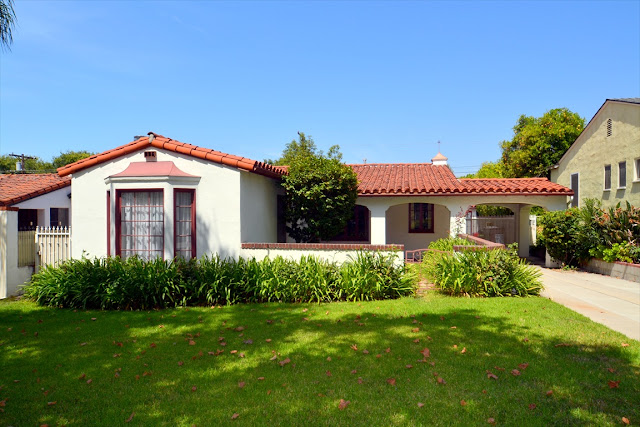Deconstruction/Deconstructive Architecture (Page 3)
Many believe that deconstruction is only about deconstructive Criticism of other existing texts. However, deconstruction is not necessarily negative-negative in the sense of criticisms only as some of Derrida's writings suggest. Most texts of Derrida actually continue to be criticisms of the preferences noticeable in the Writings of different philosophers, from the time of Plato to the recent Writings of Rousseau or Heidegger. These texts show how the 'other term has been usually suppressed through the arguments presented in the Writings of philosophers and how this 'other term Could be similarly argued to be as important for the idea presented in the writing. Like in his "That Dangerous supplement" he criticises and argues against Rousseau's preference for 'speech' over "writing to simultaneously show how "writing' is equally significant to 'speech' by the same argument presented by Rousseau.
However, some of his writings demonstrate how the 'one' and the 'other term can be constructively re-inscribed in the text without showing preferences or priority to either term. In order to understand this process of re-inscription, this constructive aspect of deconstruction, a closer understanding of the two terms, the 'one' and the 'other, is necessary.
According to Derrida, a term is not only understood to exist in being different from its 'other.' But also in order for the term to be, an interval, a between, must separate it from what it is not, its 'other. This interval or between is something similar to the moment of silence between two different sounds that enables us to hear them differently without itself being audible. By marking this 'between' in between the differing terms, the priorities of either term can be effectively countered.
(Continues...)




Comments
Post a Comment